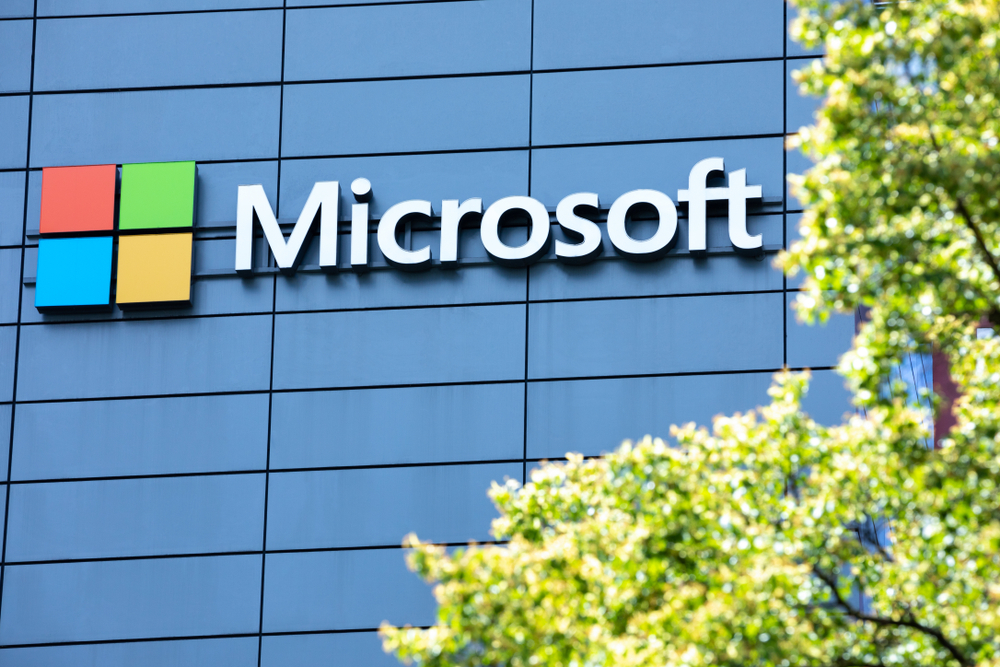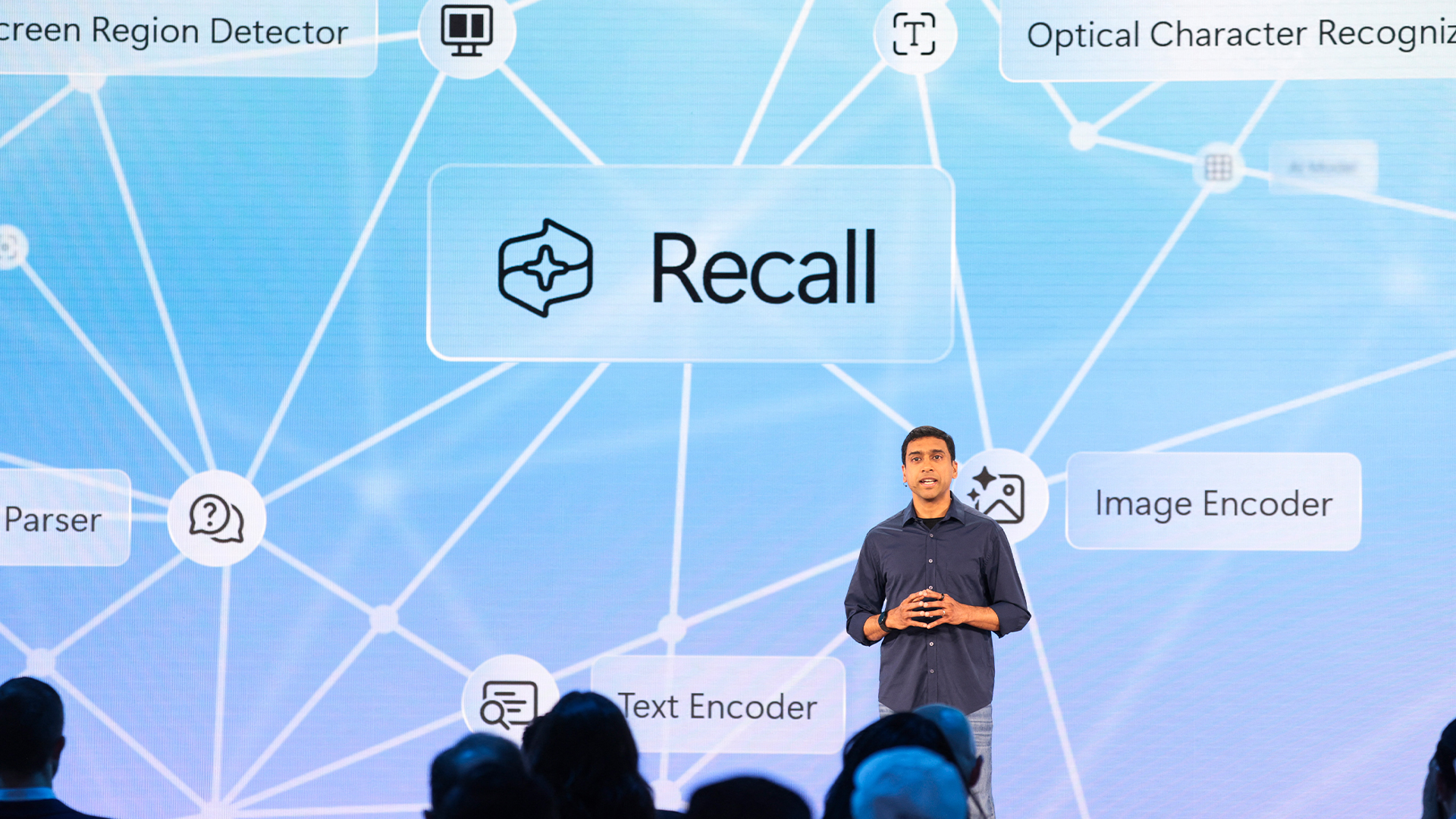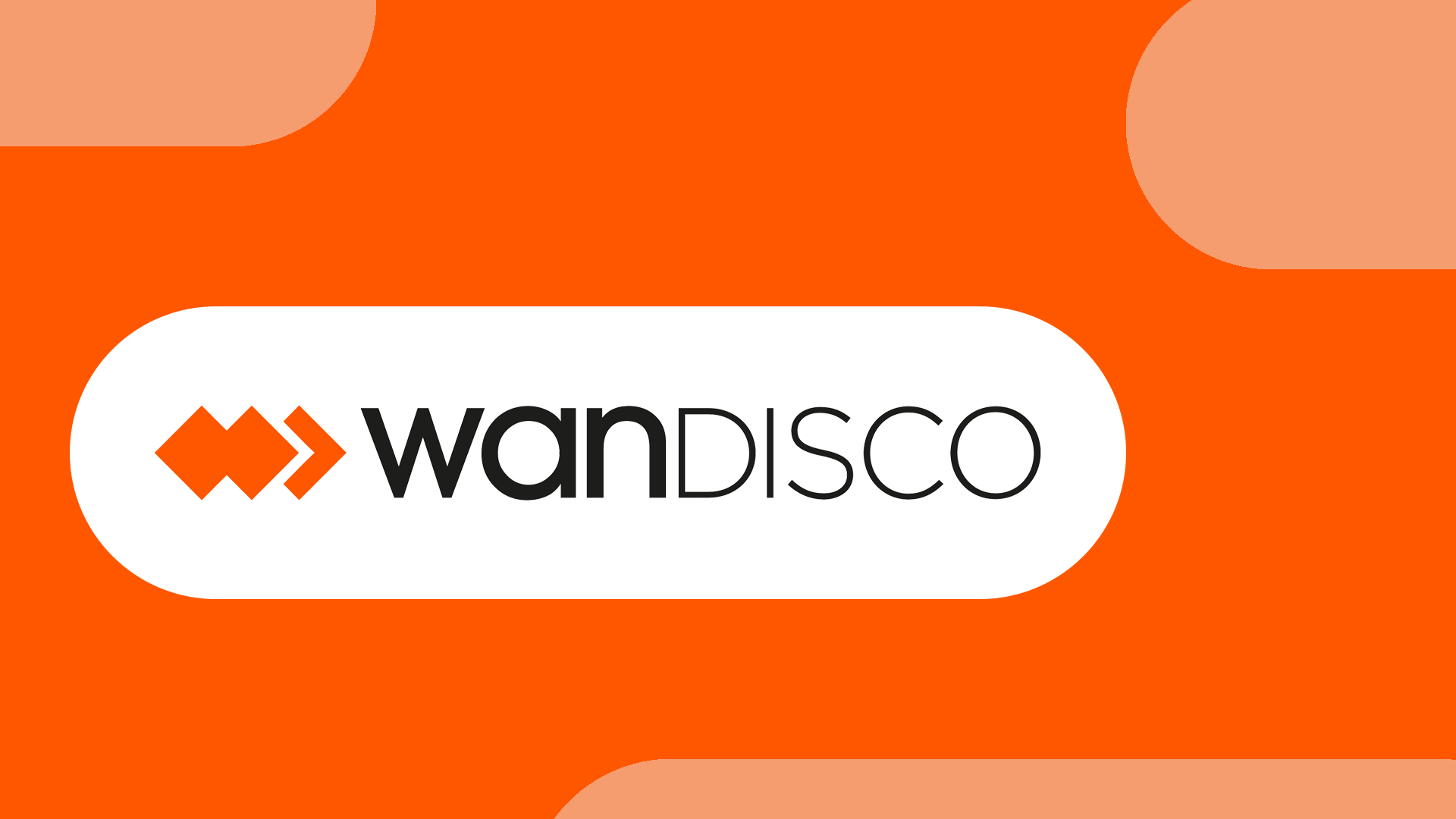Microsoft plots ‘carbon negative’ target for 2030
The firm wants to go further by 2050 and remove all the carbon it has emitted since 1975


Microsoft has outlined a set of ambitious plans to remove more carbon from the atmosphere than it emits by the end of the decade.
By 2030, Microsoft is aiming to be 'carbon negative', in that the carbon it removes from the atmosphere outweighs the carbon emitted, including the activity of its wider supply chain.
This is in addition to a $1 billion climate fund to accelerate research and development into carbon reduction, capture and removal technology that doesn't already exist today.
Moreover, Microsoft wants to continue the trend of lowering emissions while increasing carbon removal so that by 2050 it will, on paper, have removed all the carbon it has emitted since its foundation in 1975.
"While the world will need to reach net-zero, those of us who can afford to move faster and go further should do so," said Microsoft president Brad Smith.
"We recognize that progress requires not just a bold goal but a detailed plan. As described below, we are launching today an aggressive program to cut our carbon emissions by more than half by 2030, both for our direct emissions and for our entire supply and value chain.
"While we at Microsoft have worked hard to be "carbon neutral" since 2012, our recent work has led us to conclude that this is an area where we're far better served by humility than pride. And we believe this is true not only for ourselves, but for every business and organization on the planet."
Get the ITPro daily newsletter
Sign up today and you will receive a free copy of our Future Focus 2025 report - the leading guidance on AI, cybersecurity and other IT challenges as per 700+ senior executives
The industry stalwart is the latest in a string of companies, including Amazon and HP, to enter an arms race geared on reducing carbon footprints and embracing cleaner and greener technologies.
Amazon, for example, has pledged to be carbon neutral by 2040, while Google Cloud hit its 100% renewable energy goal in April 2018, powering its data centres and offices from renewable sources, including solar and wind. Salesforce, similarly, achieved net-zero greenhouse gas emissions the previous year.
HP, on the other hand, has committed to releasing routine sustainability reports that track its progress in its aims to reduce its carbon footprint. It has started to build many of its products with sustainability in mind, including the forthcoming HP Elite Dragonfly business 2-in-1.
Microsoft says it can achieve its own "aggressive" set of targets by first investing in nature-based initiatives, such as planting trees, with the goal of shifting to technology-based programmes when they become more viable.
The wider strategy, however, encompasses a set of smaller goals that Microsoft hopes to hit along the way to achieving its major targets for 2030 and 2050.
By 2025, for instance, Microsoft is hoping to shift to a 100% supply of renewable energy, while aiming to fully electrify its global campus operations vehicle fleet by 2030.
The firm is hoping to implement new procurement processes and tools to incentivise its suppliers to reduce their carbon emissions too, with these pencilled in for July 2021. For customers, meanwhile, Microsoft will roll out a sustainability calculator and dashboard that estimates emissions from Azure services.

Keumars Afifi-Sabet is a writer and editor that specialises in public sector, cyber security, and cloud computing. He first joined ITPro as a staff writer in April 2018 and eventually became its Features Editor. Although a regular contributor to other tech sites in the past, these days you will find Keumars on LiveScience, where he runs its Technology section.
-
 Westcon-Comstor and Vectra AI launch brace of new channel initiatives
Westcon-Comstor and Vectra AI launch brace of new channel initiativesNews Westcon-Comstor and Vectra AI have announced the launch of two new channel growth initiatives focused on the managed security service provider (MSSP) space and AWS Marketplace.
By Daniel Todd Published
-
 Third time lucky? Microsoft finally begins roll-out of controversial Recall feature
Third time lucky? Microsoft finally begins roll-out of controversial Recall featureNews The Windows Recall feature has been plagued by setbacks and backlash from security professionals
By Emma Woollacott Published
-
 How to empower employees to accelerate emissions reduction
How to empower employees to accelerate emissions reductionin depth With ICT accounting for as much as 3% of global carbon emissions, the same as aviation, the industry needs to increase emissions reduction
By Fleur Doidge Published
-
 Worldwide IT spending to grow 4.3% in 2023, with no significant AI impact
Worldwide IT spending to grow 4.3% in 2023, with no significant AI impactNews Spending patterns have changed as companies take an inward focus
By Rory Bathgate Published
-
 Report: Female tech workers disproportionately affected by industry layoffs
Report: Female tech workers disproportionately affected by industry layoffsNews Layoffs continue to strike companies throughout the tech industry, with data showing females in both the UK and US are bearing the brunt of them more so than males
By Ross Kelly Published
-
 How can small businesses cope with inflation?
How can small businesses cope with inflation?Tutorial With high inflation increasing the cost of doing business, how can small businesses weather the storm?
By Sandra Vogel Published
-
 How to deal with inflation while undergoing digital transformation
How to deal with inflation while undergoing digital transformationIn-depth How can organizations stave off inflation while attempting to grow by digitally transforming their businesses?
By Sandra Vogel Published
-
 How businesses can use technology to fight inflation
How businesses can use technology to fight inflationTUTORIAL While technology can’t provide all the answers to fight rising inflation, it can help ease the pain on businesses in the long term
By Sandra Vogel Published
-
 Embattled WANdisco to cut 30% of workforce amid fraud scandal
Embattled WANdisco to cut 30% of workforce amid fraud scandalNews The layoffs follow the shock resignation of the company’s CEO and CFO in early April
By Ross Kelly Published
-
 Some Tech Nation programs could continue after Founders Forum acquisition
Some Tech Nation programs could continue after Founders Forum acquisitionNews The acquisition brings to a close a months-long saga over what the future holds for Tech Nation initiatives
By Ross Kelly Published